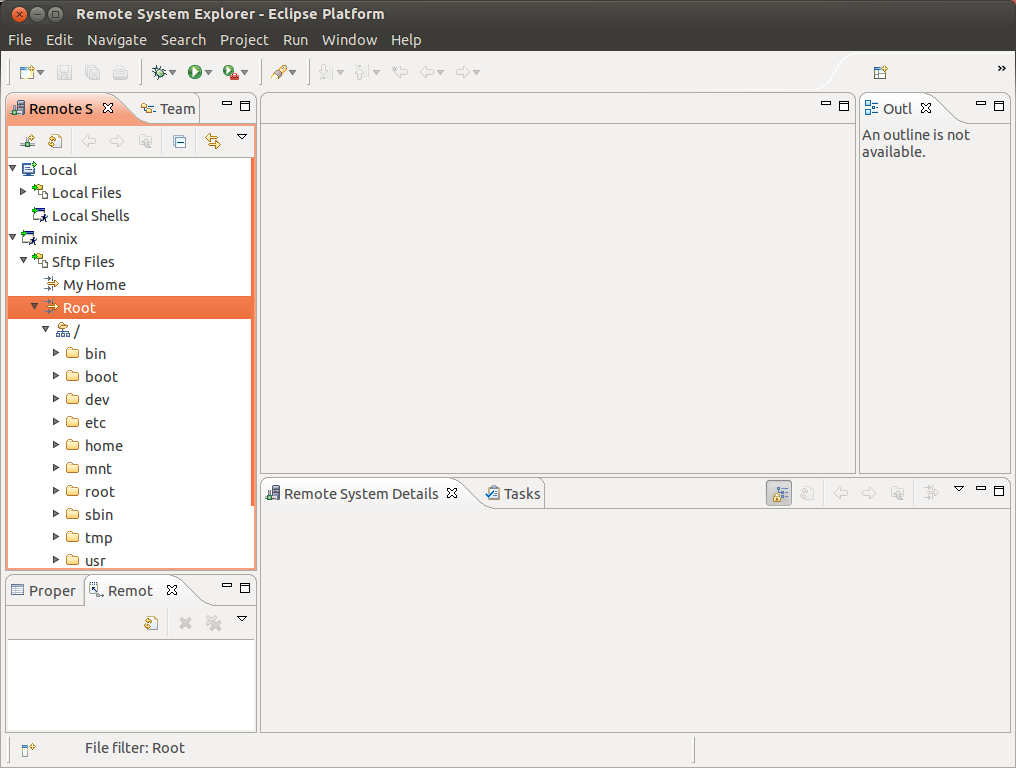

What this does is set up a boot prompt where you can choose to load any of the specified labels (kernels). Make a folder called pxelinux.cfg inside /tftboot/linux-install and then inside that create a file called default, with the following contents:ĪPPEND initrd=distros/centos5.1/initrd.img ramdisk_size=6454 ip=dhcpĪPPEND initrd=distros/ubuntu8.04/initrd.gz ramdisk_size=6454 ip=dhcp Inside pxelinux.cfg, create a file called default and copy in something like the following code: Inside this directory you should copy in pxelinux.0 (the PXE network boot loader) and create another folder called pxelinux.cfg. So, create a linux-install folder inside the /tftpboot folder. tftpboot/linux-install/distros/centos5.1/initrd.img tftpboot/linux-install/distros/centos5.1/vmlinuz tftpboot/linux-install/distros/centos5.1 tftpboot/linux-install/distros/ubuntu8.04/initrd.gz tftpboot/linux-install/distros/ubuntu8.04/linux tftpboot/linux-install/distros/ubuntu8.04 tftpboot/linux-install/pxelinux.cfg/default You are going to be creating a folder structure that will eventually look like this: You will need to extract it from the syslinux archive. You can download the latest pxelinux.0 file from. You specify which kernel to load in a config file. Essentially, it is used to load a linux kernel of your choice on to your machine. PXELINUX is a SYSLINUX derivative, for booting Linux off a network server. # path of the bootloader file, with tftpd-hpa it must be the absolute pathįilename "/tftpboot/linux-install/pxelinux.0" #If the tftp server is on a different host to the DHCP server, specify its IP. Then restart xinetd, and then test you can connect using tftp.Īdd the following config to your /etc/nf file: Sudo apt-get install tftpd-hpa tftp-hpa xinetdĬreate a new file called /etc/xinetd.d/conf/tftp and add the following contents:Ĭreate the /tftpboot folder, and ensure it is world readable. If you don’t use tftpd-hpa you will most likely see an error such as ‘TFTP server does not support the tsize option’ * The PXELINUX.0 boot loader and a suitable config fileĮnsure you use the tftpd-hpa package, as PXELINUX requires that the boot server has a TFTP server which supports the “tsize” TFTP option. * vmlinuz and initrd.img from your distribution of choice However, it can be a bit tricky to understand how it all works, so this post will hopefully explain what is going on, as well as show you how to set it up. Installing Linux via PXE boot over a network can be a really nice way to do it and it is especially useful, if your client machine doesn’t have a CD / DVD drive. The other two (Bogdan Andrei Iancu and Daniel Constantin Mierla) left the FhG to start a company called Voice-System the main maintainer of the OpenSER project started in 2005. Three of them went to (Andrei Pelinescu-Onciul, Jan Janak, and Jiri Kuthan). The core development team was split in two. In 2005 the commercial variant of IPtel was sold to TEKELEC.

In 2004 FhG Fokus started a spinoff of the SER project creating the.

OpenSER is a fork of the original SER project. Some contributors joined the project later, namely Juha Heinamen (RADIUS, ENUM, DOMAIN, URI), Greg Fausak (POSTGRES), Maxim Sobolev (NATHELPER), Adrian Georgescu (MEDIAPROXY), Elena Ramona Modroiu (XLOG, DIAMETER, AVPOPS, SPEEDDIAL), Miklos Tirpak (Permissions), The core developers of SER were Andrei Pelinescu-Onciul, Bogdan-Andrei Iancu, Daniel Constantin Mierla, Jan Janak, and Jiri Kuthan. If (!proxy_authorize("star2star.SER was originally developed by the FhG Fokus research institute in Berlin, Germany, and released under the GPL license.

Or you can specify which request URIs should be challenged with an auth (or which method types, like REGISTER). For instance, in OpenSER you don't need to authenticate calls. OpenSER and SER are cool because they are so powerful. SIP can be cool because it resembles HTTP.


 0 kommentar(er)
0 kommentar(er)
